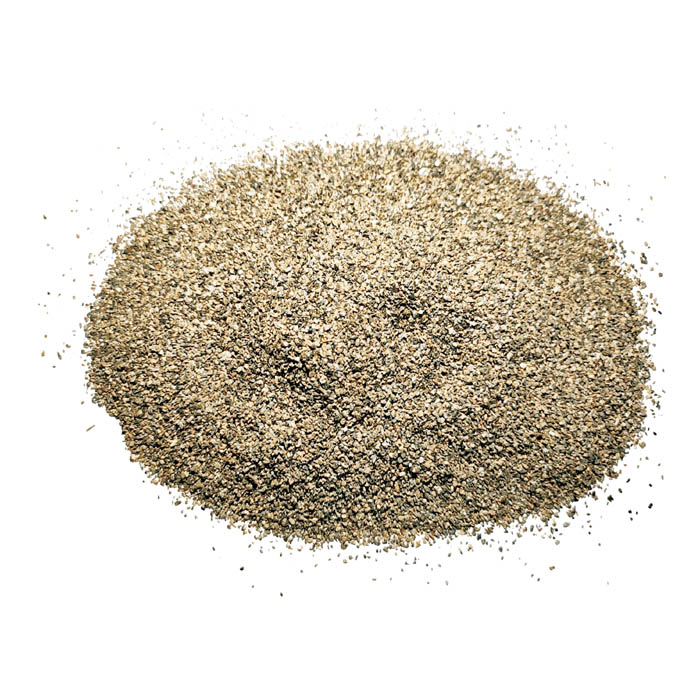Nov . 11, 2024 13:44 Back to list
thermal insulation experiment material
Thermal Insulation Experiment An Exploration of Materials and Their Effectiveness
Thermal insulation is a crucial aspect of modern engineering and architecture, essential for reducing energy consumption, lowering heating and cooling costs, and enhancing overall comfort within residential and commercial buildings. One effective way to understand the properties and effectiveness of various insulating materials is through hands-on experimentation. This article outlines a simple experiment designed to evaluate the thermal insulation properties of different materials.
Objective
The primary objective of this experiment is to assess the effectiveness of various thermal insulation materials in minimizing heat transfer. By comparing materials such as Styrofoam, fiberglass, cotton, and reflective barriers, we can analyze their respective thermal resistance, commonly measured in R-values, which indicates the material's ability to resist heat flow.
Materials Required
To conduct this experiment, the following materials are needed
1. Different insulation materials (e.g., Styrofoam sheet, fiberglass mat, cotton batting, reflective foil, and one non-insulating material, such as cardboard). 2. Two identical containers (preferably insulated thermoses or small boxes) to hold hot water. 3. Thermometer or temperature probe. 4. Hot water. 5. Stopwatch or timer. 6. Measuring scale (if necessary). 7. Adhesive tape (for securing the insulation materials). 8. Notebook and pen for recording data.
Experiment Procedure
1. Preparation Begin by preparing the hot water. Boil water and measure a specific temperature (for example, 80°C). As the water cools, prepare the pace for the experiment.
2. Setup Take the first container and fill it with the hot water. Immediately cover the container with a layer of one insulation material (e.g., Styrofoam), ensuring complete coverage to minimize heat loss through exposed areas.
thermal insulation experiment material

3. Measurement Place the thermometer into the container and start the timer. Record the initial temperature of the water.
4. Cooling Period Allow the container to sit for a predetermined time (e.g., 30 minutes). After this period, measure and record the final temperature of the water.
5. Repeat Repeat the process for each type of insulation material. Ensure that the initial conditions (amount of water and temperature) are consistent for each trial to maintain the integrity of the results.
6. Data Analysis After testing each insulation material, compile the recorded temperatures. Calculate the temperature change for each material to determine which one maintained the heat most effectively.
Results
Once all trials are complete, analyze the temperature data collected. A higher temperature retained in the container indicates a more effective insulating material.
- Styrofoam Typically, this material will show one of the highest R-values, demonstrating its efficiency in minimizing heat loss. - Fiberglass Also known for its excellent insulating properties, fiberglass may outperform some of the other materials, particularly in applications requiring resistance to fire. - Cotton While effective, cotton's thermal performance is generally lower than manufactured materials like Styrofoam and fiberglass due to its density and moisture absorption properties. - Reflective Foil This material may significantly reduce heat transfer through radiation, providing additional insulation when combined with other materials. - Cardboard As the non-insulating control, cardboard should show the highest temperature drop, confirming its ineffectiveness as an insulator.
Conclusion
This simple thermal insulation experiment highlights the comparative effectiveness of various materials in resisting heat transfer. The findings reveal that materials like Styrofoam and fiberglass excel in thermal resistance, making them favorable choices for insulation in construction. On the other hand, materials like cardboard and cotton exhibit limited effectiveness, emphasizing the importance of selecting appropriate materials based on thermal needs.
Understanding these characteristics not only helps in making informed decisions regarding insulation in projects but also raises awareness about energy conservation strategies. Future experiments could expand upon this foundational investigation by exploring factors such as thickness, density, and moisture resistance of insulating materials, leading to even deeper insights into sustainable building practices.
-
High Purity Graphitized Petroleum Coke | Low N Recarburiser
NewsAug.08,2025
-
Fe-C Composite Pellets for BOF: Enhance Steelmaking Efficiency
NewsAug.07,2025
-
Eco-Friendly Granule Covering Agent | Dust & Caking Control
NewsAug.06,2025
-
Fe-C Composite Pellets for BOF: High-Efficiency & Cost-Saving
NewsAug.05,2025
-
Premium Tundish Covering Agents Exporters | High Purity
NewsAug.04,2025
-
Fe-C Composite Pellets for BOF | Efficient & Economical
NewsAug.03,2025
